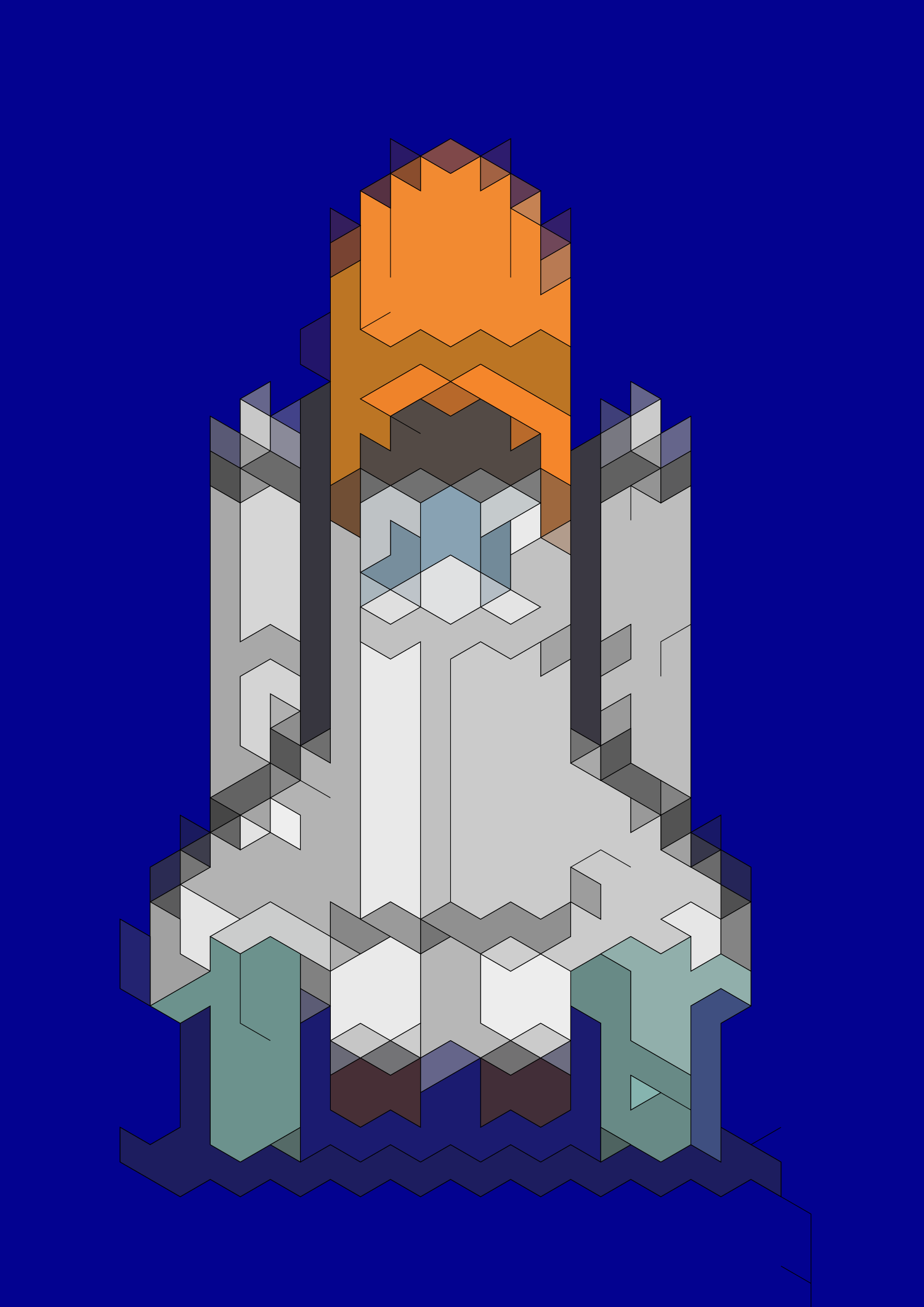For this year's Christmas card, I used randomized circlikes to form a text message (in Dutch). The base colors of the circlikes are red and green, placed on a white background: typical Christmas colors. With a little bit of imagination, the words even form a Christmas tree shape! I did some experimentation by making the star yellow instead of red and green, by using single colors for the letters, and by changing the filling of the outer border. For the final design I decided to keep mixed red and green as the only colors and to use a full colored border.
Personalized gifts
During the past few months, I’ve started using my graphic designs to make personalized gifts for my family and friends. First, I made a greetings card for friends who recently got a baby girl. Using pink randomized circlikes, I created a design with a personal message for them.
For one of my sisters, I designed a personalized print for a Dopper drink bottle. Because the print goes all around the bottle, you cannot be sure how the two ends of the design exactly meet when printed: do they match perfectly, is there a gap in between, or do they overlap? To render the design invariant to this uncertainty, I used horizontal lines as basis. Towards the middle of the design, the lines become more and more randomly rotated. If you look closely, you can discover my sister’s name in there: truly personalized!
More transformations
Encouraged by my previous designs that use rotations as shape transformation, I decided to extent the palette of possible transformations with many more. First, I focused on the more basic ones, like the moving, scaling, skewing and mirroring of shapes. Taking these basic transformations as a starting point, I developed a generalized and customizable transformation approach. Using this new approach, it is not only possible to make all basic transformations, but also more complex shape transformations that are otherwise impossible. Creating designs, where the degree of such transformations gradually changes, results in some very eye-catching graphics!
Shape rotations
I have recently started adding a new type of effect to the shapes that I use to build up my designs: rotations. A first try with basic triangles resulted in an interesting pattern that looks a bit Moorish and reveals hexagon shapes in the created empty spaces. The rotations become more clear when applying them to a different degree in the design. Of course, adding different types of randomization makes it even more intriguing!
Tile merging
So far, I have used images as the color basis for designs that are build up from predefined polygon tile shapes. Recently I have started to re-create simplified versions of the original images. By merging neighbouring tiles that approximately have the same color, more complicated and irregular polygon tiles are made. This brings the design closer to the original image, and at the same time randomizes the tile shapes.
The degree of randomization can be controlled by playing around with the size and shape of the original tiles, and with the maximum color difference allowed for tiles to merge. The current 'incomplete' implementation of the tile merging even creates an additional random effect, shown by irregular lines present in some of the polygon tiles. In a way, this approach is a crude attempt to vectorize a color image.











